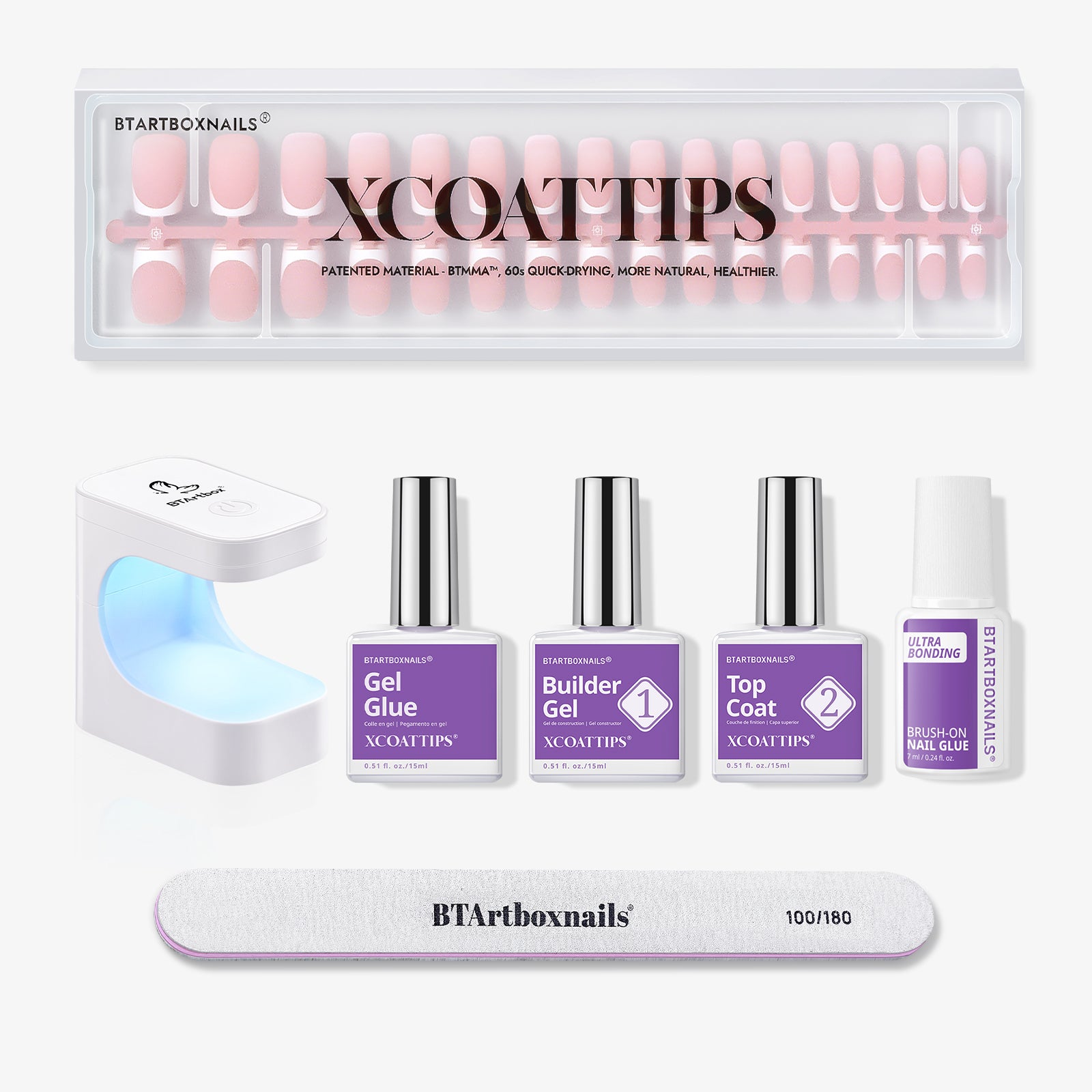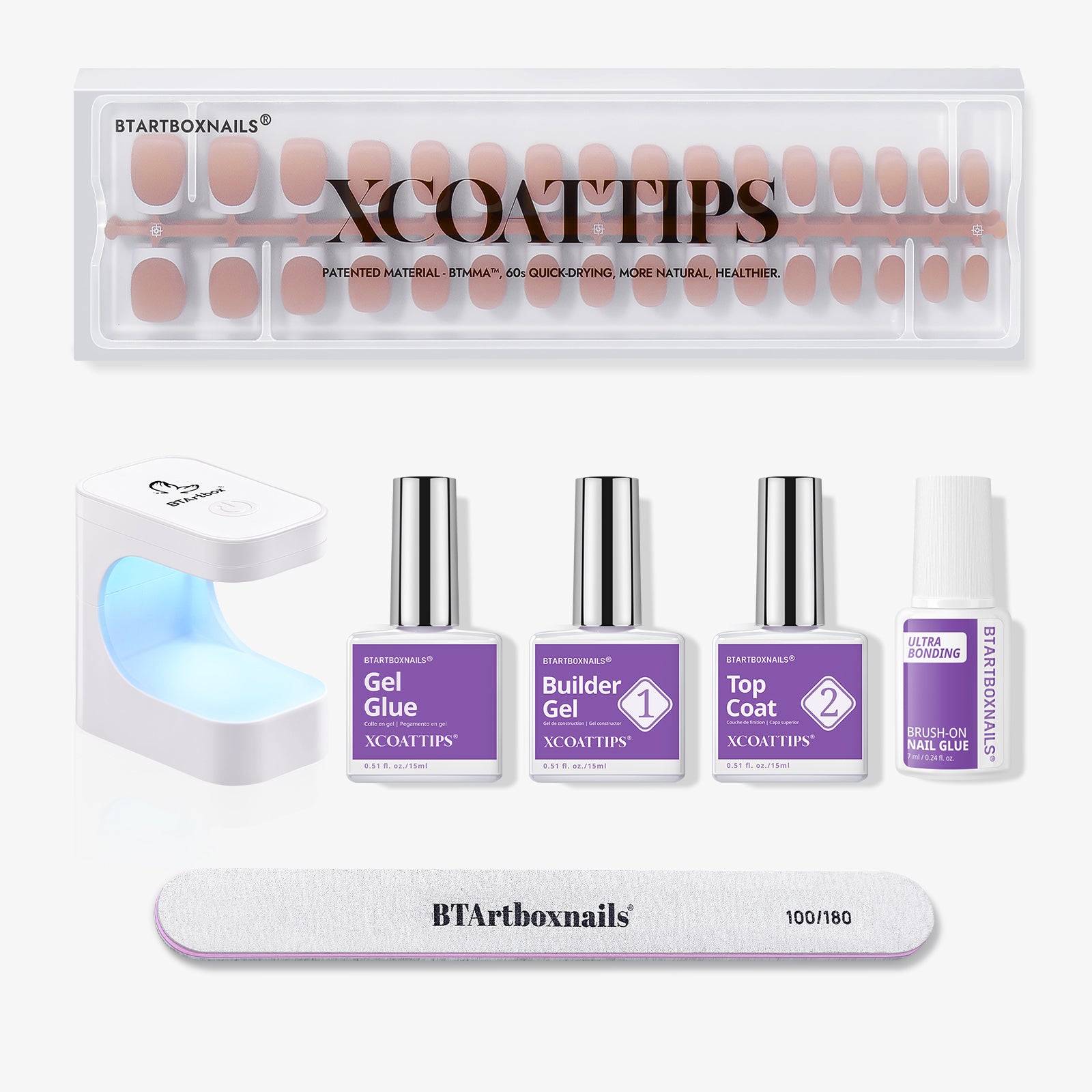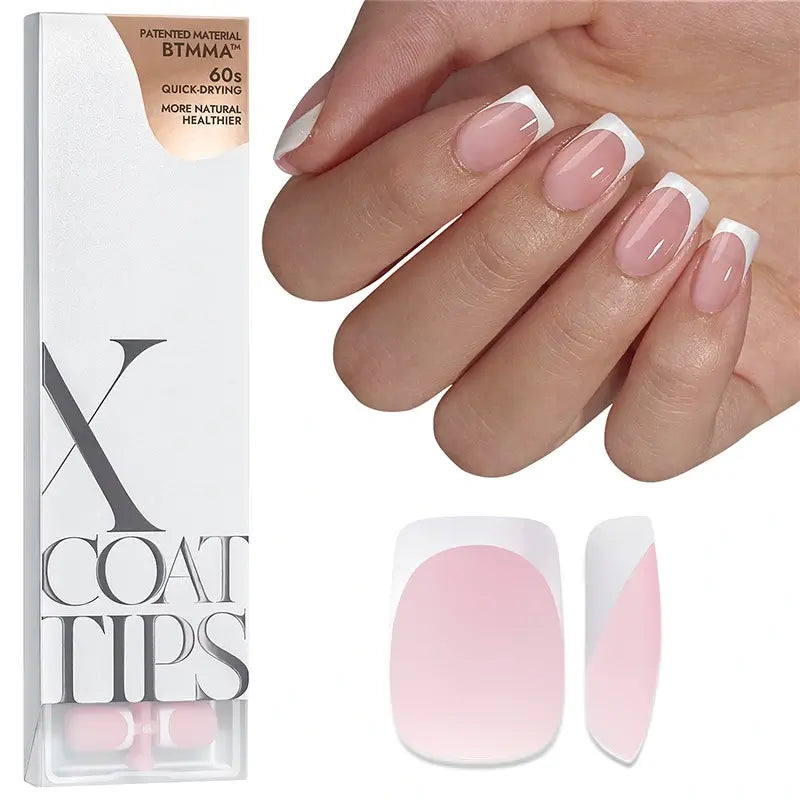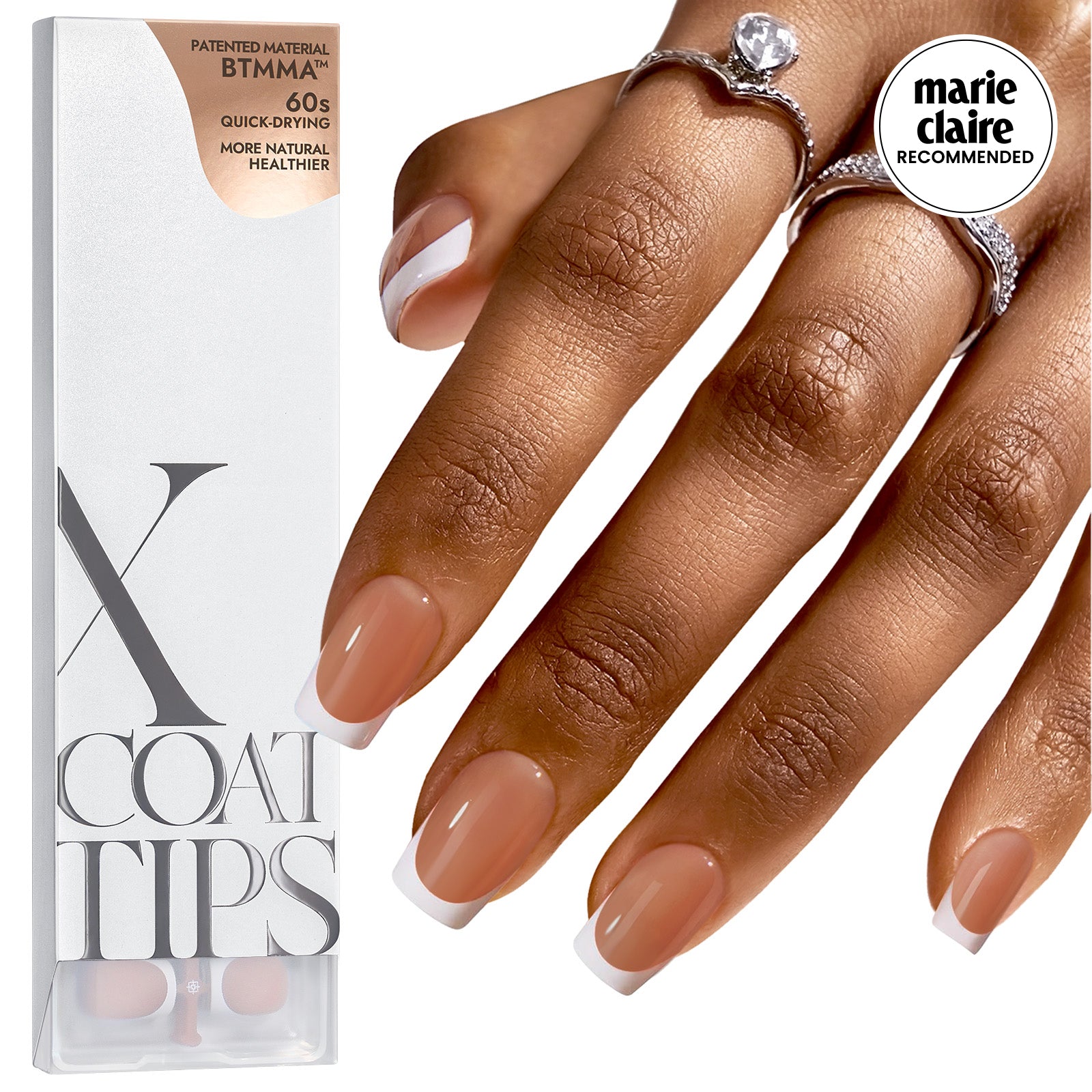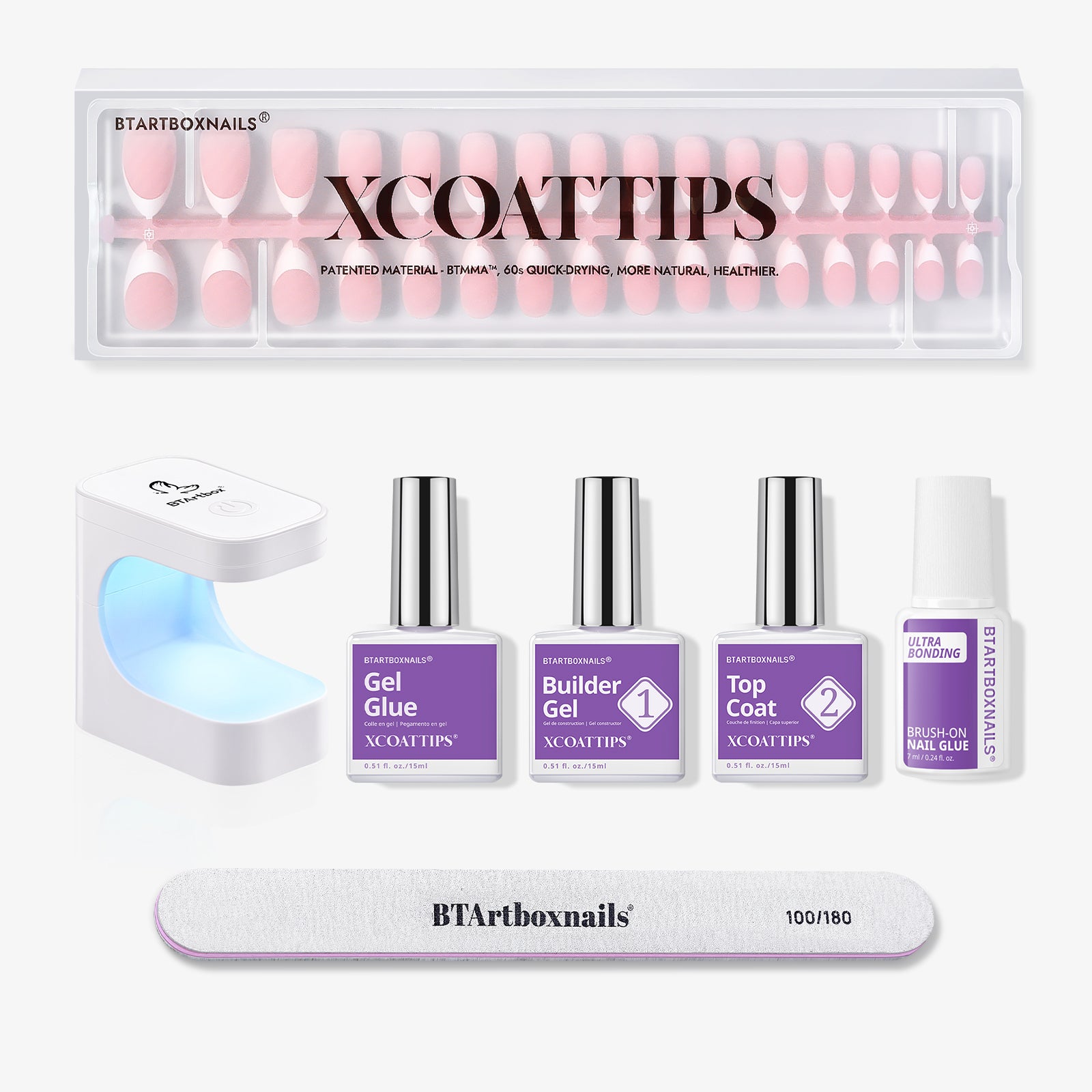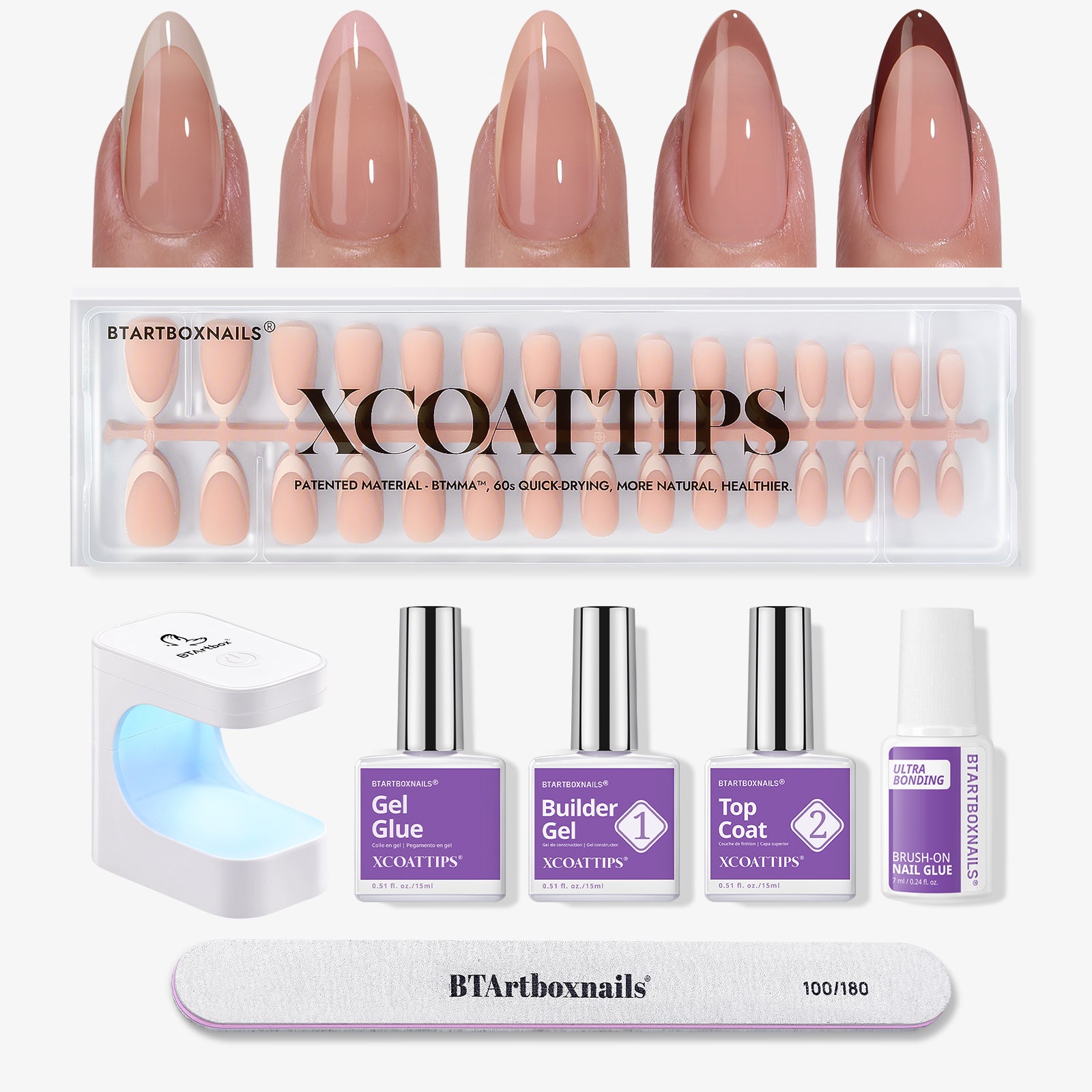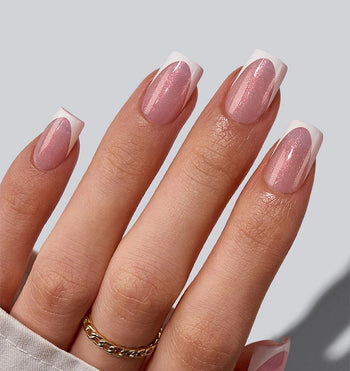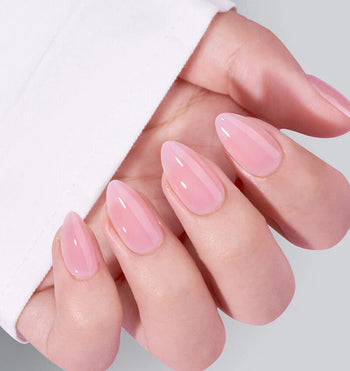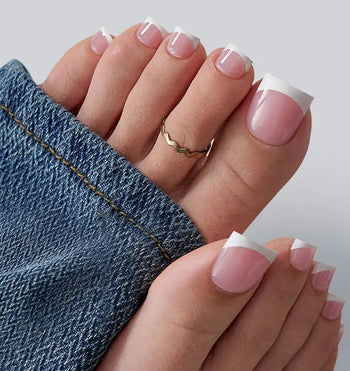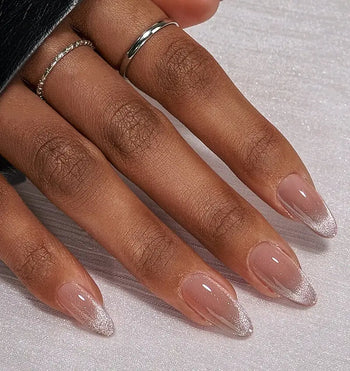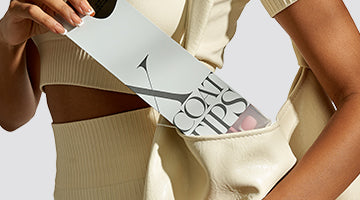Thinking of using a regular nail polish with a gel top coat to make your manicure last longer? It might seem like a good idea, but usually, it's not the best move.
Regular polish dries slowly, and if you put a gel coat on top, the underneath might stay wet. This can lead to smudges and even nail fungus, because the gel traps moisture. For the best results, it's safer to stick to one type of polish.
Want to learn more about getting that perfect manicure? Keep reading for some great tips! Read on to find out.
Exploring Gel and Regular Polish Combinations
When considering manicure options for both longevity and shine, you may think about using a gel topcoat over your regular nail polish. It’s essential to understand the properties of each product to ensure the best results.
Regular Polish:
- Typically takes up to 24 hours to dry completely.
- May seem dry to touch shortly after application but remains vulnerable to dents and smudging for several hours.
Gel Topcoat:
- Cures and hardens quickly under UV or LED light, often within 30-60 seconds.
- Provides a durable and glossy finish once set, similar in texture to plastic.
Using a gel topcoat over regular polish can seem like a quick path to achieving a shiny and hard nail surface. However, it’s not quite that simple:
- Regular polish needs to fully dry before covering with any topcoat, especially one that cures as quickly as a gel topcoat.
- A gel topcoat over undried regular polish entraps moisture, which can lead to potential nail damage, such as fungus growth, due to the trapped moisture.
Therefore, it’s advisable to be patient and allow your regular polish to dry entirely – typically a 24-hour window – before applying a gel topcoat.
Learn more about gel nail polish here: What Is Gel Nail Polish? A Detailed Guide to Long-Lasting Nails
The Advantages of Using a Gel Topcoat

Offering superior protection and shine, a gel topcoat can significantly enhance the look and longevity of your regular manicure.
Enhanced Durability and Gloss
Durability: Your regular manicure, while beautiful, can be prone to wear and tear. By applying a gel topcoat after your regular polish has dried thoroughly, you create a more resilient barrier. This top coat extends the life of your manicure by adding a durable shield that protects from daily activities that typically cause wear.
Gloss: Besides protection, a gel topcoat imparts a high-gloss finish that is hard to achieve with regular polish alone. This sheen not only elevates the aesthetics of your manicure but also retains its luster longer, making the nails appear freshly manicured for an extended period.
Preventing Chipping and Peeling
Chipping: One of the main benefits of using a gel topcoat is its robust formula that helps reduce chipping. Unlike regular manicures that may chip within a few days, a manicure sealed with gel topcoat maintains its pristine look longer, thus reducing the frequency of touch-ups needed.
Peeling: The flexibility of a gel topcoat enables it to absorb impacts that would typically cause a regular nail polish to peel. By forming a solid layer over the nail, it adds structural integrity, ensuring your color stays intact and your nails remain polished and impeccable.
Application Techniques for a Flawless Finish
Navigating the world of nail polishes and top coats to achieve a flawless finish can be tricky, especially when combining different types of products.
Achieving the Perfect Gelly Sandwich
To create a gelly sandwich, a technique where regular nail polish is used between layers of gel base and top coats, start with clean, prepped nails. Apply a thin, smooth layer of gel base coat and cure it under a UV or LED lamp according to the manufacturer’s instructions—usually for about 30 seconds to 1 minute.
- Once the base is set, apply your regular nail polish in thin coats to avoid a gloppy texture. Allow the polish to dry completely, ideally for 24 hours to ensure a fully dry, smooth texture without any moisture trapped underneath.
- After the regular polish is thoroughly dry, apply a gel top coat. The top coat should also be applied in a thin layer to prevent thickening or unevenness.
- Cure the gel top coat under the lamp. This turns the top coat into a hard, protective layer akin to plastic that is immediately fast-drying and allows you to go about your day.
Remember, patience is key to avoiding trapping wet polish, which can lead to nail bed moisture and potentially create a breeding ground for fungus.
Expert Tips for Combining Polishes
When you’re combining regular nail polishes with a gel top coat, keep these pointers in mind for optimal results:
- Color Combinations: Choose regular polishes that complement the shine of a gel top coat. Experiment with nail art or colors that suit your style.
- Layering: Apply regular polish in multiple thin coats instead of one thick one. Each layer should be touch-dry before applying the next.
Also read: How to Use Builder Gel on Natural Nails: Step-by-Step Guide
Understanding the Curing Process

When opting for a hybrid approach by using regular nail polish with a gel top coat, understanding the curing process is essential. This ensures that both the aesthetics and longevity of your manicure are maintained.
The Role of UV and LED Lamps
UV and LED lamps play a crucial role in the curing process of gel manicures. These lamps emit specific wavelengths of light that initiate a chemical reaction in the gel, causing it to harden.
Unlike regular nail polish that dries through evaporation of solvents, UV gel top coats require a UV or LED lamp to cure properly. The drying time for gel coats is significantly shortened, allowing for fast-drying results:
- UV Lamps: Cure gel polish typically in 1-2 minutes.
- LED Lamps: Offer a faster curing time of 30 seconds or less.
Applying a gel top coat over regular nail polish without adequate drying can lead to suboptimal results due to the difference in curing mechanisms.
Importance of Proper Curing for Durability
Proper curing under a UV or LED lamp is not only necessary for the gel top coat to set but also for the overall durability of your manicure. A gel top coat, once cured, creates a protective, plastic-like barrier that is long-lasting and resistant to chipping. For the best results:
- Ensure the regular nail polish is completely dry, which may take up to 24 hours.
- Apply the gel top coat and cure it under a UV or LED lamp for the time recommended by the product’s label.
This process can dramatically increase the lifespan of your manicure, allowing you to enjoy a glossy, salon-quality finish for up to two weeks or more.
Proper Removal to Prevent Harm
Removing gel polish from your nails should be done with care to avoid causing harm to the natural nail. Incorrect or forceful removal of gel polish can lead to nail damage.
Gently buff the nail surface before soaking the nails in acetone, a common ingredient in nail polish removers, to help break down the gel topcoat.
Make sure to keep the following points in mind during the removal process:
- Use a fine-grit nail buffer: To prep your nails for removal without scratching the nail's surface.
- Soak in 100% acetone: Allow enough time for the gel to loosen, usually around 10 minutes.
- Avoid Peeling or Picking: Never forcefully remove gel polish, as this can strip layers off your natural nails.
Selecting Appropriate Products for Your Manicure
When choosing products for your manicure, consider the compatibility between the nail polish and the top coat you intend to use.
Regular nail polishes generally require up to 24 hours to dry completely and using a gel top coat before this drying process concludes could trap moisture, creating an environment conducive to nail fungus.
It's also important to consider the chemical composition of the products. Vegan-friendly options may be preferable if you're looking for products without animal-derived ingredients.
Moreover, different brands formulate their products uniquely, which affects their performance and compatibility. For example, BTArtBoxNails offers a a gel top coat and gel polish set that are designed to be used together for the best results. Check out their glue-on nails, nail kits, fancy nails, and stick-on nails for more options.
Frequently Asked Questions
What is the best gel top coat to use with regular nail polish?
A durable and high-quality gel top coat that complements regular nail polish is essential. BTArtBoxNails offers a range of gel top coats that provide a glossy finish and enhance the longevity of your manicure.
Can gel top coat be used on bare nails without regular polish?
Yes, a gel top coat can be applied directly to bare nails. Ensure that your nails are clean and buffed before application. Once the gel top coat is applied, cure it under a UV or LED light.
Is it possible to use a regular top coat on gel polish?
Using a regular top coat over gel polish is not recommended. Regular top coats do not offer the same durability and will not adhere to the gel polish, leading to a shorter lifespan and diminished shine.
How can you make regular nail polish last as long as a gel manicure?
To extend the life of regular nail polish, apply thin layers, allow adequate drying time, and use a high-quality top coat. For even better results, consider the BTArtBoxNails gel nail set for a manicure that mimics the longevity of a salon gel manicure.
Can regular nail polish be dried or cured under UV light?
Regular nail polish is not designed to cure under UV light and relies on air drying.
Some quick-dry products may hasten the surface drying, but the polish underneath takes much longer to fully dry.
Using UV light will not affect this drying process and could potentially damage the polish or the nail bed.
